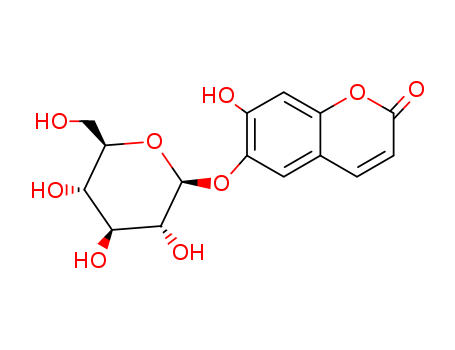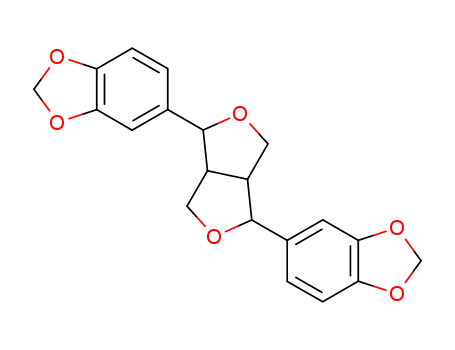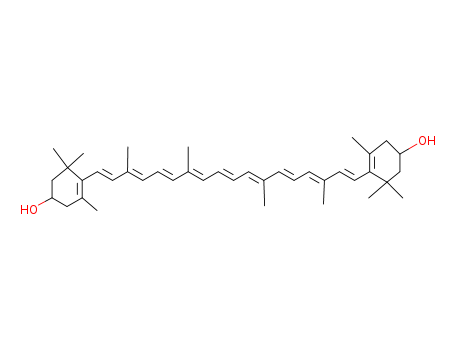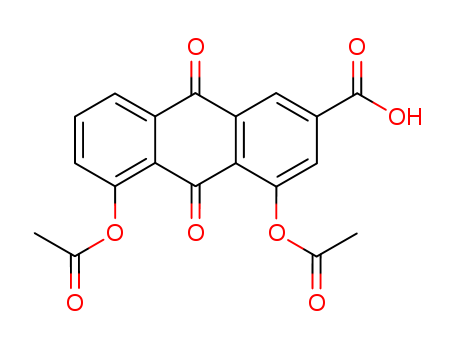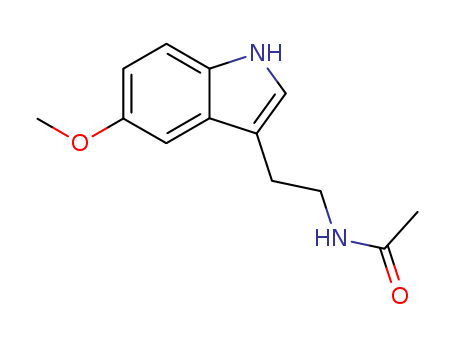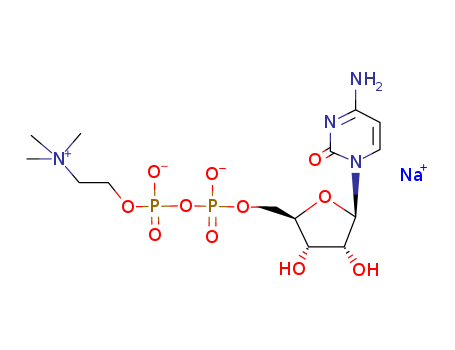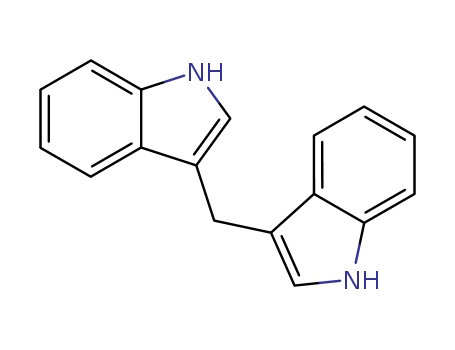Quick Details
- ProName: Ursolic acid
- CasNo: 77-52-1
- Molecular Formula: C30H48O3
- Appearance: powder
- Application: MedicationandHealth
- PackAge: 25 Kg/Cardboard Barrels
- Purity: 90% 98%
- LimitNum: 1 Kilogram
Superiority
Ingredient Ursolic acid
Specification 90% 98%
Test method HPLC
ursolic acid Herb Source
Leaf of Glossy Privet
ursolic acid Synonyms…
Details
Ingredient Ursolic acid
Specification 90% 98%
Test method HPLC
ursolic acid Herb Source
Leaf of Glossy Privet
ursolic acid Synonyms
Ligustrum lucidum Ait
ursolic acid Molecular Formula and Molecular Weight
C30H48O3;456.68
ursolic acid Description
Ursolic acid, a carboxylic acid present in a wide variety of plants in the form of a free acid or an aglycone of triterpene saponins.It is also known as urson, prunol, micromerol, and malol, is a pentacyclic triterpenoid compound which naturally occurs in a large number of vegetarian foods, medicinal herbs, and plants1,2. For a long time, it was considered to be pharmacologically inactive3. Thus, ursolic acid and its alkali salts (e.g. potassium or sodium ursolates) were exclusively used as emulsifying agents in pharmaceutical, cosmetic, and food preparations3,4. However, upon closer examination, ursolic acid was found to be medicinally active both topically and internally1. Its anti-inflammatory, antitumor (skin cancer), and antimicrobial properties make it useful in cosmetic applications1.
Ursolic acid [(3b)-3-Hydroxyurs-12-en-28-oic acid] rarely occurs without its isomer oleanolic acid [(3b)-3-Hydroxyolean-12-en-28-oic acid]. They may occur in their free acid form, as shown in Figure 1, or as aglycones for triterpenoid saponins which are comprised of a triterpenoid aglycone linked to one or more sugar moieties. Ursolic and oleanolic acids are similar in pharmacological activity1. Several ursolic acid derivatives, both natural and synthetic, have been reported. Novel ursolic acid derivatives, including ursane-type triterpenoid saponins, naturally occur as secondary metabolites through complex metabolic processes in different parts of the plant5,8-12 Synthetic derivatives obtained from ursolic acid have been reported and evaluated for their pharmacological action3,13-16.
Medicinal plants containing ursolic acid have been used in folk medicine before it was known which constituents were responsible for their therapeutic effectiveness. Contemporary scientific research which led to the isolation and identification of ursolic acid revealed and confirmed that several pharmacological effects, such as antitumor, hepatoprotective, anti-inflammatory (oral and topical), antiulcer, antimicrobial, anti-hyperlipidemic, and antiviral, can be attributed to ursolic acid1. However, its anti-inflammatory (topical), antitumor (skin cancer), and antimicrobial properties are pertinent to the cosmetic industry.





